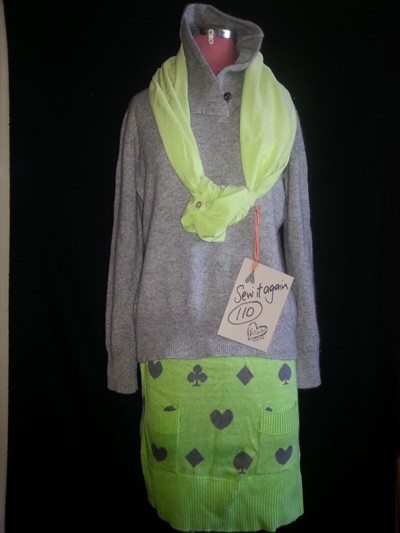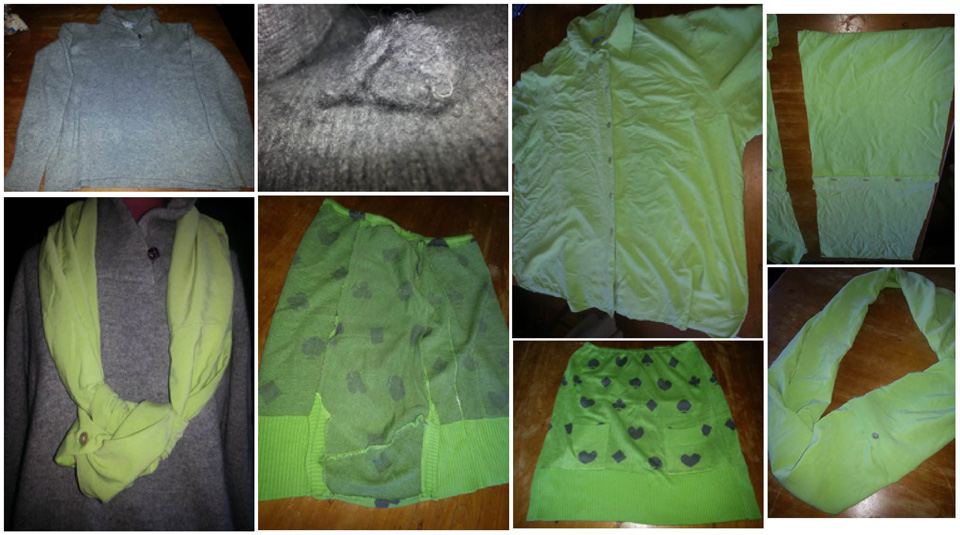 You can plop any old statement into social media, be it good, bad or ugly. Social media shapes your public identity, it reflects who you are.
You can plop any old statement into social media, be it good, bad or ugly. Social media shapes your public identity, it reflects who you are.
Social media gives us an amazing opportunity to publish and become shape-shifters, just as it influences us in return. But we need to remember, that our online self is only a fraction of our true self at any given time.
As journalist Kylie Lang said in her TEDx Noosa talk, we can connect with up to two billion people. That gives us the potential to change the world for the better.
With so many global problems facing the world today, Kylie quotes the OECD saying we need solutions from independent thinkers who skillfully use technology, engage empathetically with others and act autonomously. View her talk there.
Some of Kylie’s takeout messages regarding social media are: lead by example, question your intent, remember the digital village already has enough idiots, stop sleeping with your phone, get some balance, look beyond the ‘me’ in social media to embrace the ‘we’, send one kind message every day, and join a cause you believe in.
My cause is the global fashion revolution bringing awareness to where clothes come from, what they are made of and by whom. Fast fashion’s high-tide mark was the Rana Plaza factory collapse on April 24 last year. As we approach the one-year anniversary of that horrific event in which 1133 vulnerable people lost their lives, Fashion Revolution Day is shining social media light on the waste, exploitation and harm that can be wrapped up in the clothes we wear. What are you wearing now? Look at the label, turn it inside out, take a selfie, post it on social media with the hashtag #insideout
The campaign theme this year is Who Made Your Clothes? In my case, I do. My little Sew it Again project is demonstrating how it is possible to gather rejects then resew and refashion them for a second life. It’s recreation – I upcycle the way others might knit, play cards, scrapbook, facebook, drink beer, fish or generally blob about the place.
Today’s green/grey upcycle is Sew 110, and not entirely natural fibres. The opshop skirt was a long, thin, synthetic, sleeveless vest which I brought home because I liked the colours and pattern. I cut it off to knee-length and formed the leftovers into an extra panel at the back to add width to the skirt (so it fit around my hips), before adding elastic at the waist. I teamed it with a reject grey wool jumper, brought back to life by removing the pill which develops over time and is easily plucked away by hand with a few moments of attention. This large green shirt was 20c at op shop, and I bought it intending to salvage the shell buttons. Instead, I chopped the body panel from the shirt, left the buttons in place and stitched the cut edges together to make a long strip of fabric. I did up the buttons and roughly knotted it into a necklace feature. 